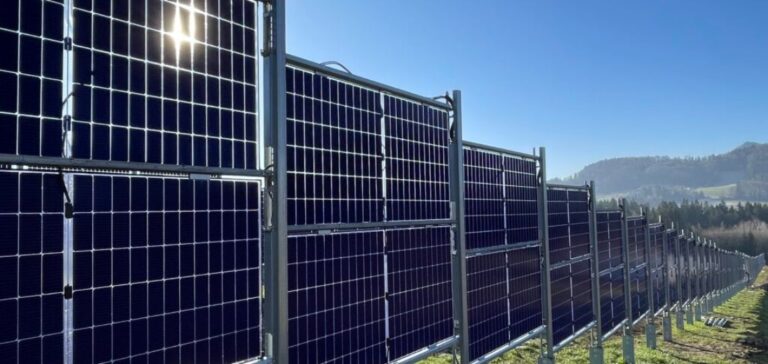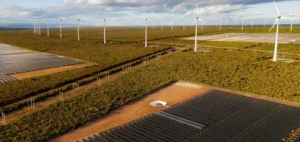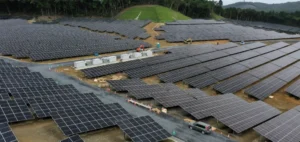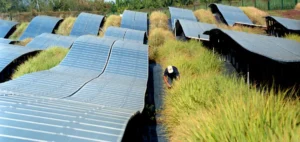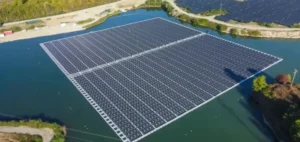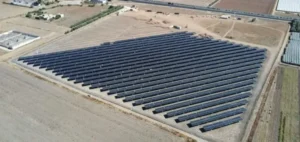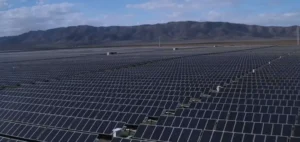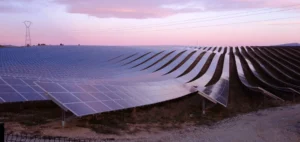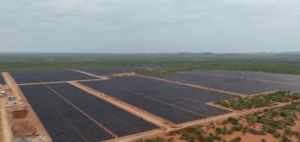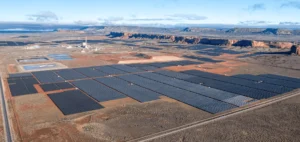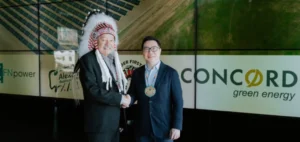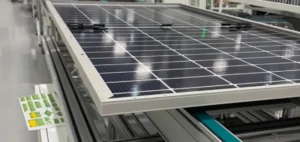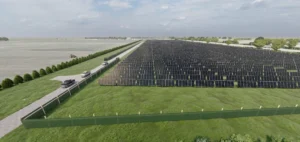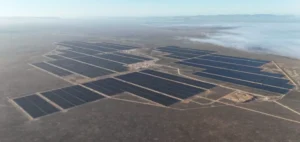Next2Sun Group has entered into a cooperation agreement with Chinese solar module manufacturer Huasun Energy for the exclusive use of its new ultra-high bifaciality heterojunction (HJT) modules in vertical photovoltaic (PV) systems across Europe. The agreement grants Next2Sun sole distribution rights for these modules, which feature a bifaciality close to 100%.
Technology tailored for vertical systems
Huasun’s HJT modules stand out with increased electricity output, reduced shading losses and enhanced durability compared to earlier models. Designed specifically for vertical east-west aligned installations, the modules deliver higher yields in the early morning and late afternoon, times when conventional PV systems underperform. This anti-cyclical power generation supports better grid load management compared to traditional midday-peaking systems.
Under the agreement signed on May 8, Next2Sun will manage exclusive commercialisation of the technology throughout the European market. Founded in Germany, the group is acknowledged as the inventor and technology leader in vertical bifacial PV systems. It has also built a strong position in the agrivoltaics segment, combining energy production with agricultural use.
Strategic expansion into the Chinese market
Huasun Energy, currently the world’s largest producer of HJT modules, and Next2Sun have also agreed to strengthen their commercial efforts in China, where vertical PV technology still shows significant growth potential. The agreement includes joint market development activities without territorial exclusivity.
Both companies stated that vertical PV can effectively complement south-facing conventional systems by reducing electricity grid overload during peak hours. The partnership aims to promote this high-yield alternative, particularly in areas facing land-use or grid capacity constraints.
The modules will be used exclusively in vertical bifacial systems, a segment in which Next2Sun holds several patents and a strong market position. The agreement does not apply to conventional ground-mounted or rooftop solar systems.


